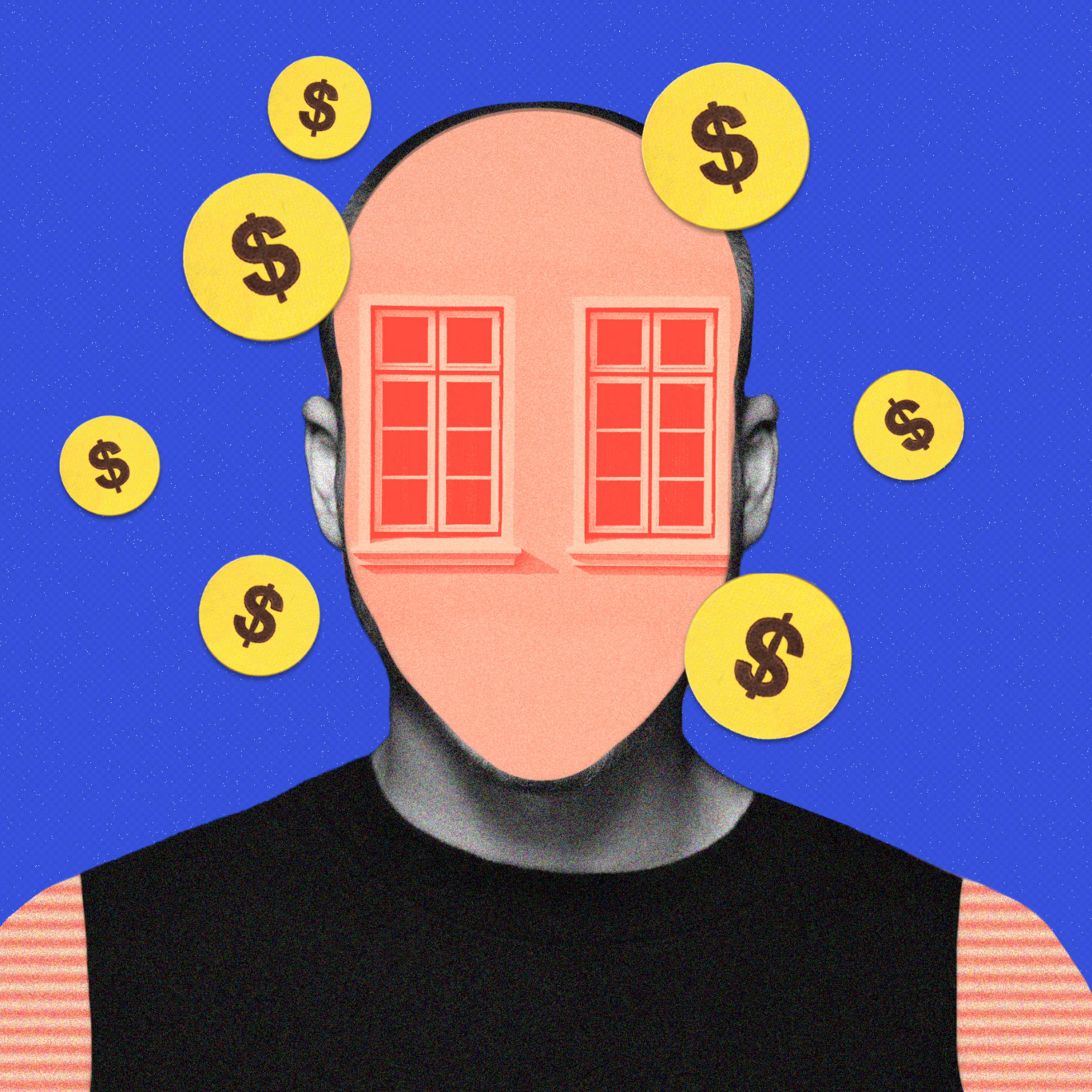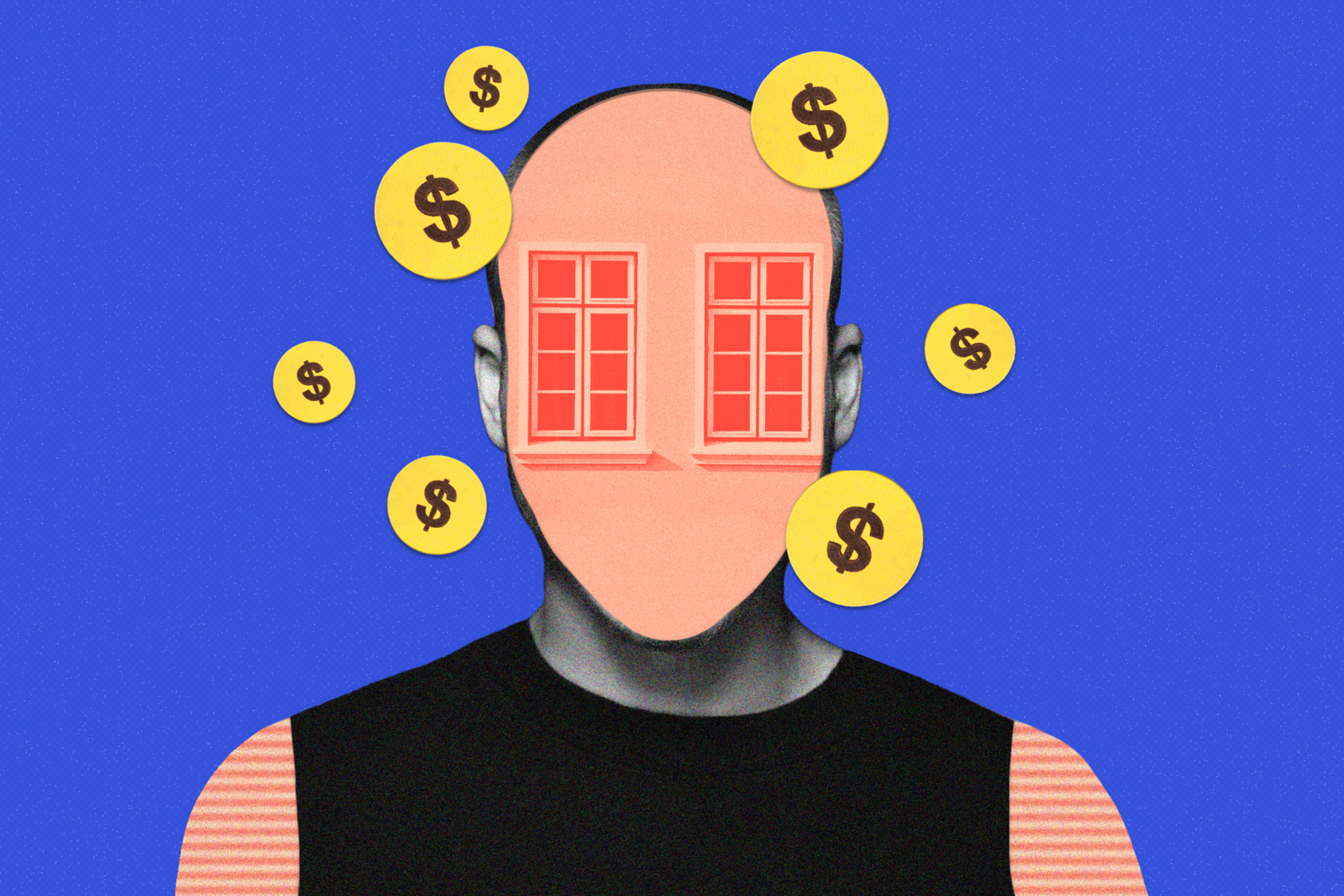When Michelle Balog of Christie’s International thinks about pricing a home in San Francisco, she relies more on experience than on algorithms. “There is no 100% formula,” she said. “You have to be able to feel into the market.”
For instance, she would never use the same tactics for an entry-level single-family home out in the avenues as she would for a condo downtown or a Pac Heights mansion.
In neighborhoods like the Sunset, a discounted asking price is designed to start a heated bidding war (the famed “Sunset Special” (opens in new tab)), while luxury properties often have a built-in cushion to make buyers feel they got a deal. Then there are instances when the numbers have a certain cultural heft that agents can play into to goose the final figure — for example, a price with “lucky” 8s and 9s to appeal to Asian buyers.
It’s an intricate game, and agents who fail to understand the rules could leave sellers short hundreds of thousands of dollars — or buyers missing out on their dream home.
Most San Francisco buyers, especially those bidding on homes priced at less than $2 million, have been confronted with the uber-popular strategy of underpricing. That means the home comes on the market at an artificially low price to bring in a bevy of bidders. An offer date is traditionally set for one or two weeks later, thereby creating a mini auction where the home is going, going, gone.
Sometimes buyers scarred by earlier bidding wars will make a pre-emptive offer, hoping to entice the seller to accept the deal before seeing any others.
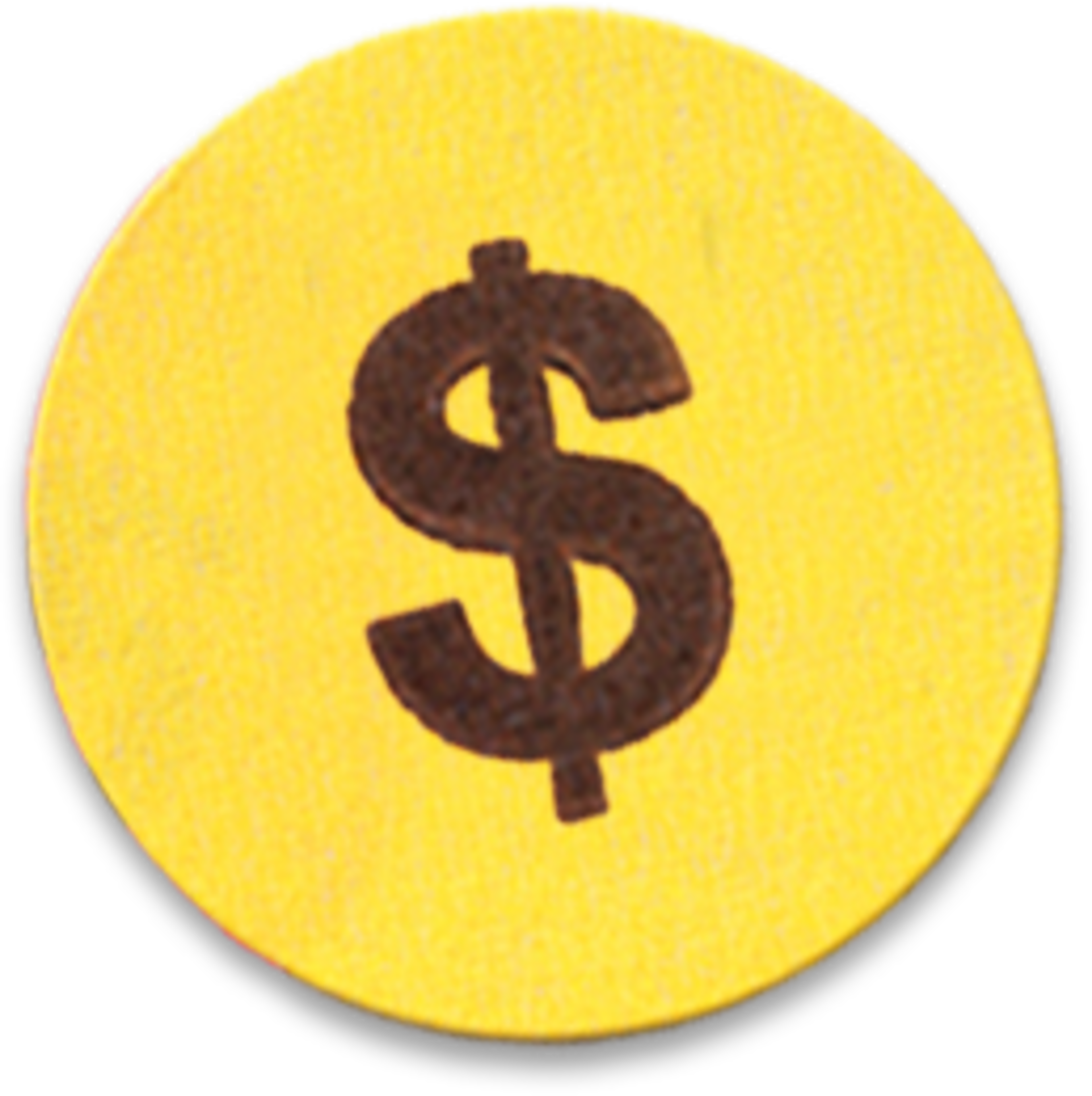
But that’s a high bar to clear, according to Compass agent Kevin Wakelin. “You have to blow the socks off my client,” he said.
While buyers may say they hate the competition, being part of a bidding war can make them more comfortable with a major life purchase. If other buyers like it, the thinking goes, it must be a smart deal. “What do buyers love the most? Other buyers,” Wakelin said.
Underpricing is far more common for single-family homes than for condos. In the latter case, uniformity between units translates to easily comparable sales, and more inventory means less competition. Even before the current downturn, the percentage of condos sold over asking price trailed single-family homes by double digits.
In the last year, 70% of houses in San Francisco went for more than the asking price, compared with 25% of condos, according to Compass data. Houses sold for an average of 11% more than asking, while condos sold for just under asking.
The underpricing strategy typically tops out at a list price of $5 million, where the percentage of sales over asking drops precipitously.
Since the buyer is king at these rarified price points, sellers who bend the knee will be rewarded, Wakelin said. He listed a Peninsula home this year priced at just over $4.8 million, even though he suspected it was worth far less. But he was banking on a buyer who wanted to feel they had scored a deal with an under asking offer. The seller was “ecstatic” when it sold for $4.5 million.
“The king goes, ‘I won.’ And the seller, the smart seller, goes, ‘Yep, you’re right,’” he said.
Major market mistakes
Given the complicated pricing dance, it’s easy to make a misstep.
The most glaring ones come when a home is overpriced and ends up sitting on the market before undergoing a price cut.
Underpricing is typically a safer route than overpricing, since some buyers feel awkward making a lowball offer, said Priya Agrawal at Rivet Real Estate, who recently helped clients buy a former firehouse in Noe Valley at $400,000 less than the $6.2 million asking price.
“They just kind of assume that the seller won’t take less,” she said.
That’s where conversations among agents can make the difference.
“Before you put an offer in at a property, you always talk to the listing agent and just say, ‘Listen, where are you guys at? Is this a firm thing?’” Agrawal said. “‘I have buyers who are interested, but definitely at a lower price. Is it worth it for us to even do the work to get in an offer?’”
In neighborhoods where underpricing is the norm, even pricing a home at market value can throw off the game. Buyers will just assume the sellers want hundreds of thousands over that higher asking price and the home will sit on the market.
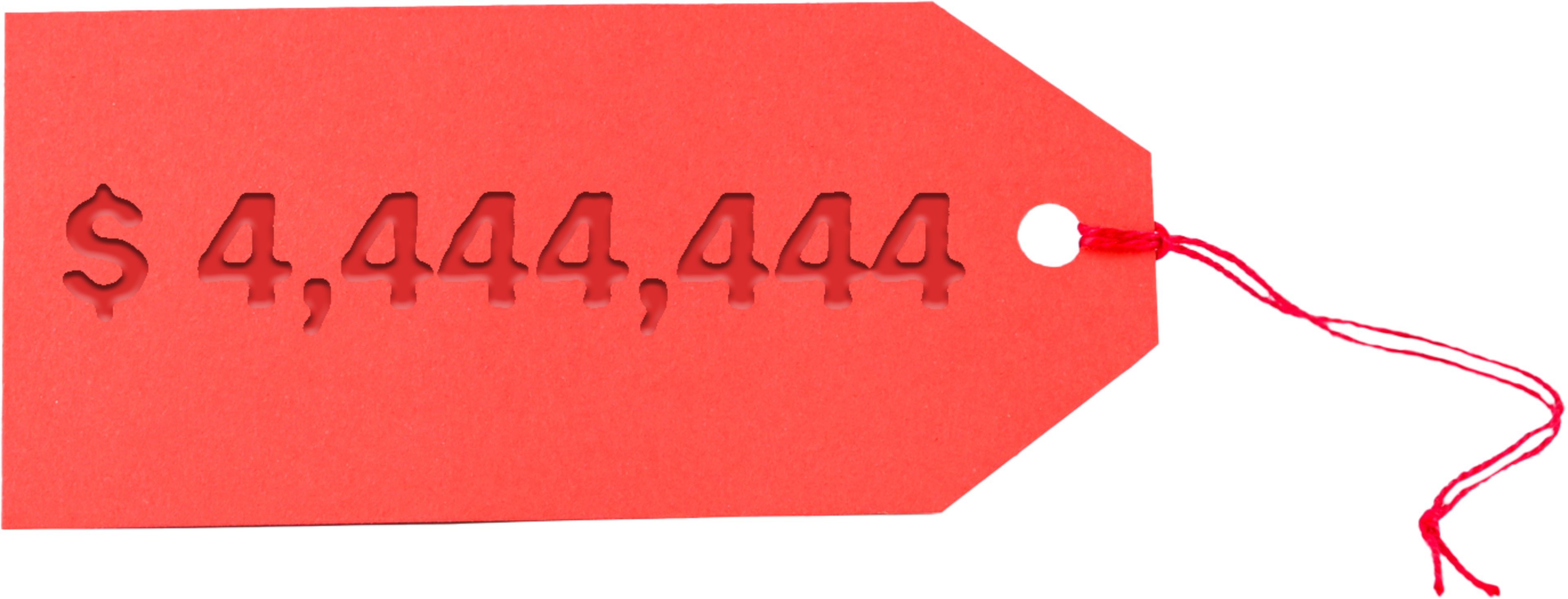
It’s a delicate balance: Defy underpricing expectations, and you’ll be dead in the water, but go too low and you might be leaving money on the table.
Let’s say there’s a property in the Sunset that’s worth around $1.6 million but is listed at just under $1 million. It might get 30 offers, Agrawal said, whereas one priced at $1.3 million might get half as many. But those 15 bidders likely have a bigger budget, and some might balk at paying more than $500,000 above asking, when a few hundred thousand is the norm.
“With 15 offers and your price at $1.3 million, maybe you can get to $1.7 million,” she said. “But you priced at $995,000, and you topped out at $1.6 million, and your seller lost out.”
Play your lucky numbers
The last few digits in an asking price can be surprisingly important. Pricing just below a round number assures that it comes up in more buyers’ search thresholds and gives the perception of a deal, just like a candy bar that costs $1.99 rather than $2.
The last digits are also an opportunity to bring the home to the attention of Asian buyers by using lucky 8s and longevity 9s, while staying away from unlucky 4s and negative-vibe 5s.
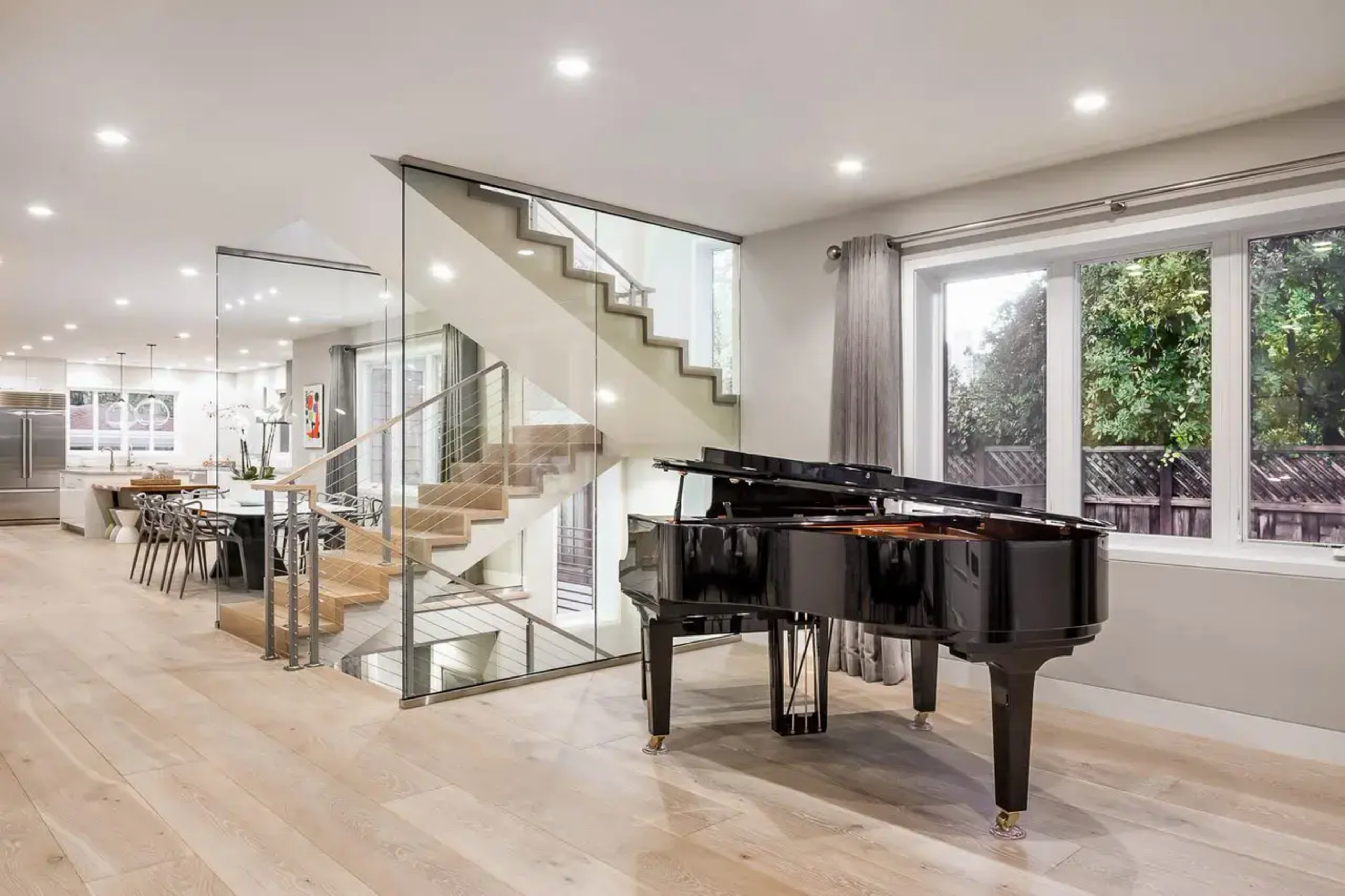
John Young of Sotheby’s International is not Chinese but his business partner and wife, Gloria, was born in Beijing and grew up in Hong Kong. They often use lucky numbers in their listings and are representing a Palo Alto property listed at $12.388 million. They figured that the two 8s — and lack of an unlucky 4 — would draw interest.
They’re hardly the only ones to try their hand at the lucky numbers game. According to Young’s data, nearly 40% of homes in Palo Alto are listed with “East Asian-friendly” asking prices.
The couple talks through every listing price to make sure it’s not only right for the market but free of bad mojo.
“If, in Chinese, the price we chose says you will probably have a miserable and short life, we should do something about that before we launch that listing,” Young said. “Aspirational always — a beautiful future in this beautiful property. Let’s envision it together.”
His ultimate advice works regardless of what pricing strategy a broker decides to pursue: “Let’s not spoil it with the wrong number.”
